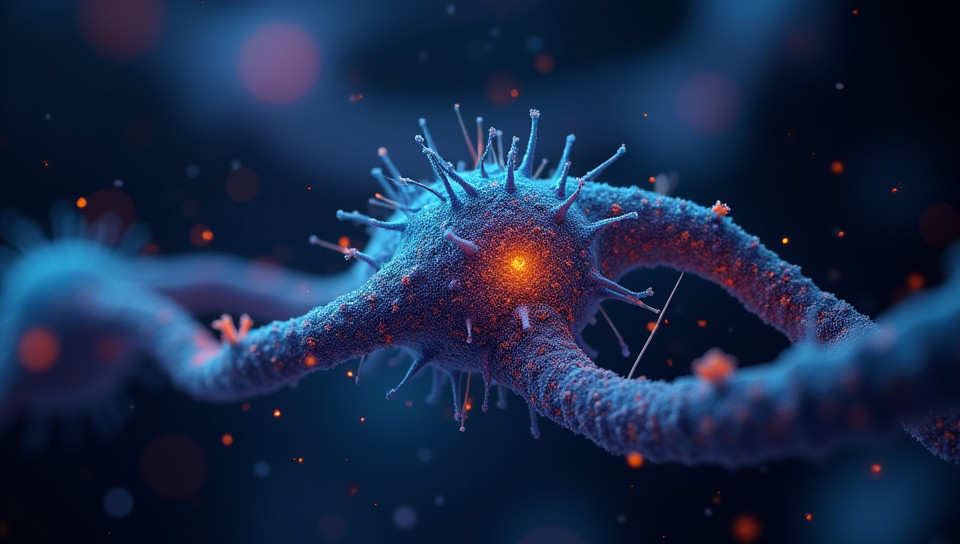Genetic modification uses optogenetics to target cells precisely 95%

The Future of Genetic Modification: Precision and Control with Optogenetics
Imagine being able to switch on or off specific cells in your body, allowing you to manipulate complex biological processes with unprecedented precision. This is the promise of optogenetics, a revolutionary approach that combines genetic modification with light-based control systems. By harnessing the power of optogenetics, scientists are unlocking new possibilities for treating diseases, understanding brain function, and developing novel therapies.
What is Optogenetics?
Optogenetics is a multidisciplinary field that leverages genetics, neuroscience, and engineering to develop tools for controlling cell behavior with light. This approach involves introducing genes from light-sensitive microorganisms, such as bacteria or algae, into specific cells in the body. These genes encode proteins that respond to different wavelengths of light, allowing researchers to selectively activate or silence target cells.
How Does Optogenetics Work?
The optogenetic process typically involves several key steps:
- Identifying the cell type or population of interest
- Designing and constructing an optogenetic tool (e.g., a gene encoding a light-sensitive protein)
- Delivering the optogenetic tool to the target cells using viral vectors or other methods
- Activating the optogenetic tool with specific wavelengths of light, allowing researchers to control cell behavior
Applications of Optogenetics
The potential applications of optogenetics are vast and diverse. Some examples include:
- Treating neurological disorders: Optogenetics can be used to develop novel treatments for conditions such as Parkinson's disease, epilepsy, and depression.
- Understanding brain function: By selectively activating or silencing specific neurons in the brain, researchers can gain insights into neural circuits and behavior.
- Developing gene therapies: Optogenetics can be used to deliver genes to target cells, allowing for more precise control over genetic expression.
The Future of Genetic Modification
As optogenetics continues to evolve, we can expect to see significant advancements in our understanding of complex biological systems. By combining precision genetics with light-based control systems, researchers will be able to develop novel therapies and treatments that were previously unimaginable. As this field continues to grow and mature, we can look forward to a future where genetic modification is used to improve human health and quality of life.
Conclusion
Optogenetics represents a major breakthrough in the field of genetic modification, offering unprecedented precision and control over cell behavior. By harnessing the power of light-based control systems, researchers are unlocking new possibilities for treating diseases, understanding brain function, and developing novel therapies. As this technology continues to evolve, we can expect to see significant advancements in our understanding of complex biological systems, leading to a future where genetic modification is used to improve human health and quality of life.
- Created by: Sebastián Salazar
- Created at: Dec. 27, 2024, 1:55 p.m.
- ID: 17147









